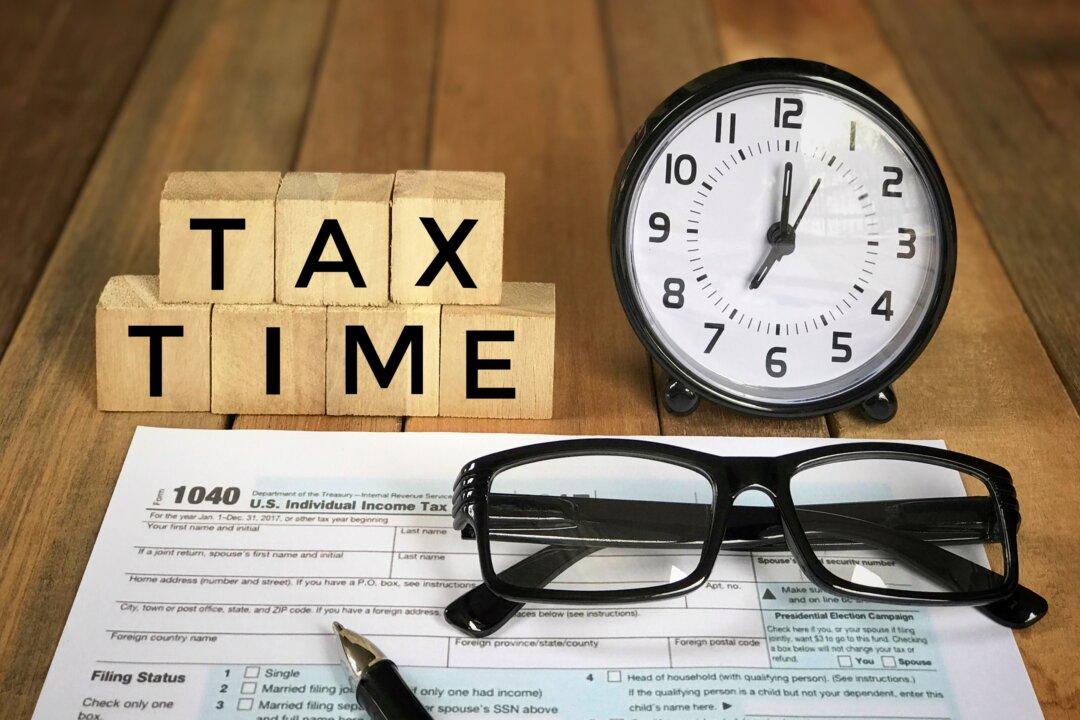Money has been tight for a lot of people this year. With inflation, you may be finding it difficult to make ends meet. Instead of wishing that you made more money than you do, there are ways to increase income without working harder or getting a second job. You may just need to change your tax-withholding information, which can put more money in your pocket each month.
Your employer takes the required amount out of every paycheck for Social Security, health insurance, and tax withholding. When you were first employed there—and possibly every year afterward—you filled out a W4 form. It tells your employer how much money you want withheld for taxes for the year.






